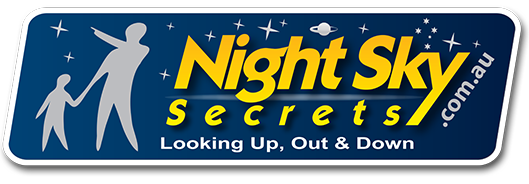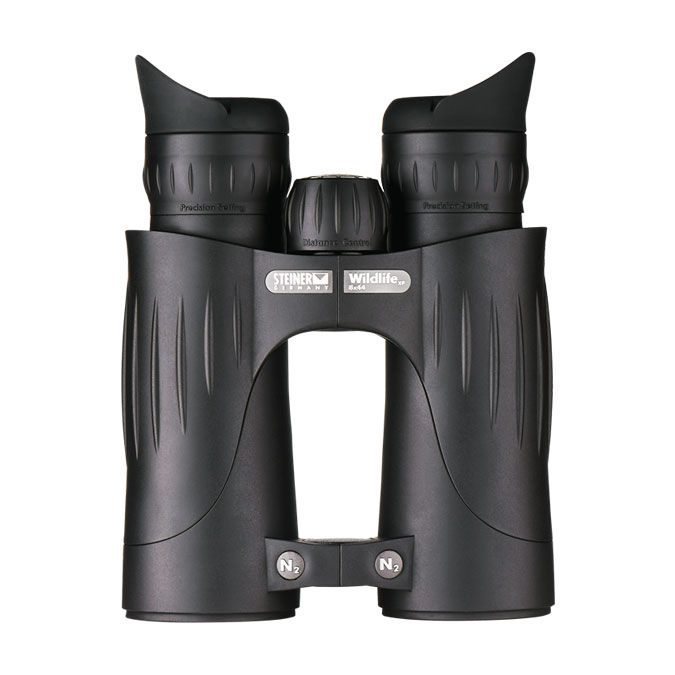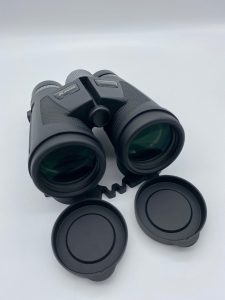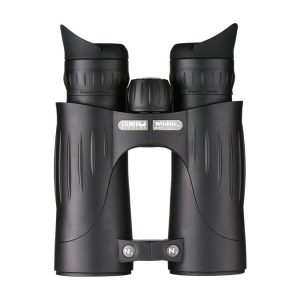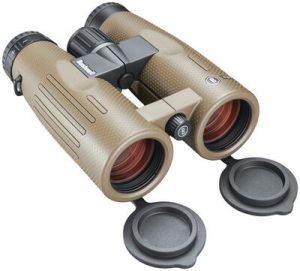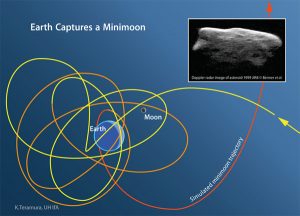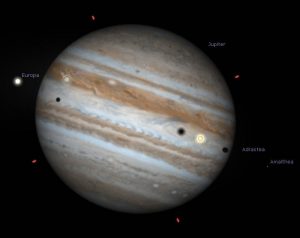When you want to get up close to the world around you for things beyond your “Naked Eye” vision, binoculars are usually the 1st optic of choice. However what is a good binocular, what sort of binoculars suit different applications ?
There are few binoculars that work well in ALL situations. So we hope this will help guide you in finding the binoculars that suits you and your circumstances.
Factors that determine which binoculars will work best for you:
- Purpose – No one binocular does everything in all circumstances, so decide what their primary use is going to be.
- Magnification – How much detail do you need to see? For example, reading small writing at a distance requires a larger magnification.
- Aperture– Or, the size of the lens at the front of the binoculars, which determines the amount of light gathered by the binoculars.
- Image Quality– this will be largely determined by lens and prism quality
- Binocular type – The 2 main types being Porro Prism and Roof Prism Design’s.
- Build quality– this will affect both the functionality & longevity of your binoculars
- Budget– What is your realistic budget as this will determine the compromises you may need to make.
- Portability– The size and compactness of the binoculars. This also affects budget as more compact binoculars are generally more expensive.
- Warranty and serviceability
- Functionality – How they feel in the hand (comfort) and how they look.
QUICK START GUIDE
Warning – Binoculars to avoid !
Binoculars with “Ruby coated” lenses, no stated prism type (usually inferior glass) & zoom binoculars (EG: 6 to 25x) magnification. The build quality will usually be poor, the views terrible, especially at high zoom. these are the type you will usually see at your local discount store and seem like a bargain at under $50. However just like cheap telescopes are “worse than nothing at all” what we like to call “Hobby Killers”, bad binoculars are just the same.
Magnification and Aperture:
This is represented by the stated size of the binoculars. Eg: 8×42 (see figure 1)
The first number represents magnification (8). This determines how much detail you can see, especially at mid to long distances. Magnification can range between 6 and 25. With 15x bringing the highest practical magnification that can be handheld (under the right circumstances). Any more than 15x magnification is too difficult to hold steady without mechanical support (e.g. a tripod or Monopod)
The last number represents Aperture (42) which is the diameter of the lens. This determine how much light reaches your eyes. This can be anywhere between 20mm and 150mm. Larger aperture such as 50 or 70mm are great for astronomy or long distance viewing.
BOTH numbers will determine what application the Binocular is best suited to.
Figure 1-8x42mm Kson TK-214-0842 Waterproof Roof Prism Binoculars (below)
Image quality:
The quality of the image, that is to say the colour correctness, image sharpness across the field of view, contrast between dark and light, depth perception & field of view width are your main considerations.
This is determined by a number of factors, the first and most important being the prism glass material, separating cheap and ineffective binoculars from those of higher quality. BK4 glass is needed to provide clear and sharp images across the field of view. BK7 is the inferior quality glass used in cheap binoculars (usually under $100).
Roof prisms are a compound design, coated with Aluminium, Silver or Dielectric coatings, each giving successively greater light transmission.
Beyond this, the prime and objective lens coating is of great interest. Binoculars should fully multicoated (FMC) as a minimum. Beyond this, ED (extra low dispersion) glass prime lenses are the best, often having hydrophobic (water repelling) coatings (see figure 2 below).
Figure 2- ED glass
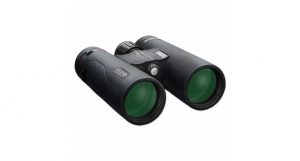
Binocular Type:
The two main types of Binoculars are Porro Prism (full size) and Roof Prism (compact)(see figure 3 above).
Porro prism binoculars are generally less expensive & have full light transmission due to their regular BK4 glass, uncoated prisms. However, most Porro prism binoculars do not come with the ED glass objective lens and phase corrected coatings that advanced Roof prism Bino’s come with as standard.
Roof prism binoculars are more compact, portable and lighter but require Sophisticated coatings (Aluminium, silver or Dielectric) to make their compound prisms work as well as standard Porro prism binoculars, adding to their cost in the high-performance models. As previously mentioned these enhanced features means that the best performing binoculars are going to be advanced roof prism vs Porro prism Bino’s.
Figure 3- Porro vs Roof
Build Quality
This will affect the capabilities of the binocular’s focus, smoothness of the eyecup pop-up action, hinge functionality, prism stability, waterproof rating, the ruggedness of the body and the quality of the outer skin material.
Budget:
If you have under $100 to spend you are generally looking at a non-waterproof & optically inferior BK7 prism model. However around $150 will get you a compact, quality BK4 prism waterproof FMC binocular.
Example:
8×32 Kson roof prism binoculars IPx6 Waterproof
Price: $149
Around the $200 – $300 mark, there are a wide variety of quality, full-size (Porro Prism) or entry level roof prism binos available. (see quick start guide)
$300 to $450 will get you phase corrected roof prism binoculars ideal for the keen observer of the natural world.
$500 and above, your binoculars should have ED glass lenses & close focus capability (as close as 2m) – You will find this in Brands such as Bushnell & Celestron, great for birdwatching in the high contrast lighting situations where lesser optics will show false color due to Chromatic aberation. Or for the bigger aperture 10x50mm they make a superior Astronomy Binocular.
Examples:
Bushnell Forge 10×42 Binoculars
Price: $795
Beyond that you can expect highly regarded brand names such as Steiner & high end Bushnells, with long warranties and excellent build quality. That’s in addition to all of the top end features previously mentioned such as FMC lens, dielectic prism mirrors, phase corrected, highly shockproof which should be included.
Over $1000 and brands such as Fujinon have a range of electronically controlled gyroscope stabilised binoculars capable of delivering high powered clear and sharp views up to 16x.
Above this price range ($2000+) are some of the most highly regarded brands of uncompromising optical & build quality such as Zeiss, Nikon & Steiner built to last a lifetime.
Example:
Price: $2749
Appearance and Feel
This is a somewhat more subjective measure. Such as how they balance in your hand, the grip and perhaps even the colour.
Whatever you need in a pair of binoculars we are here to help you at Nightskysecrets. Looking Up – Looking Out – Looking down.
